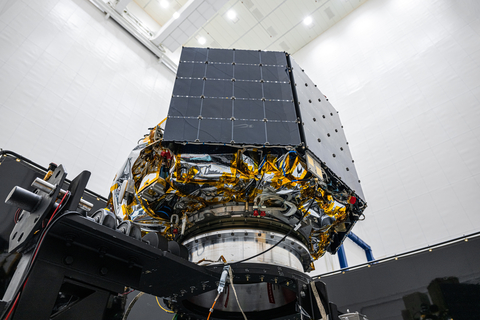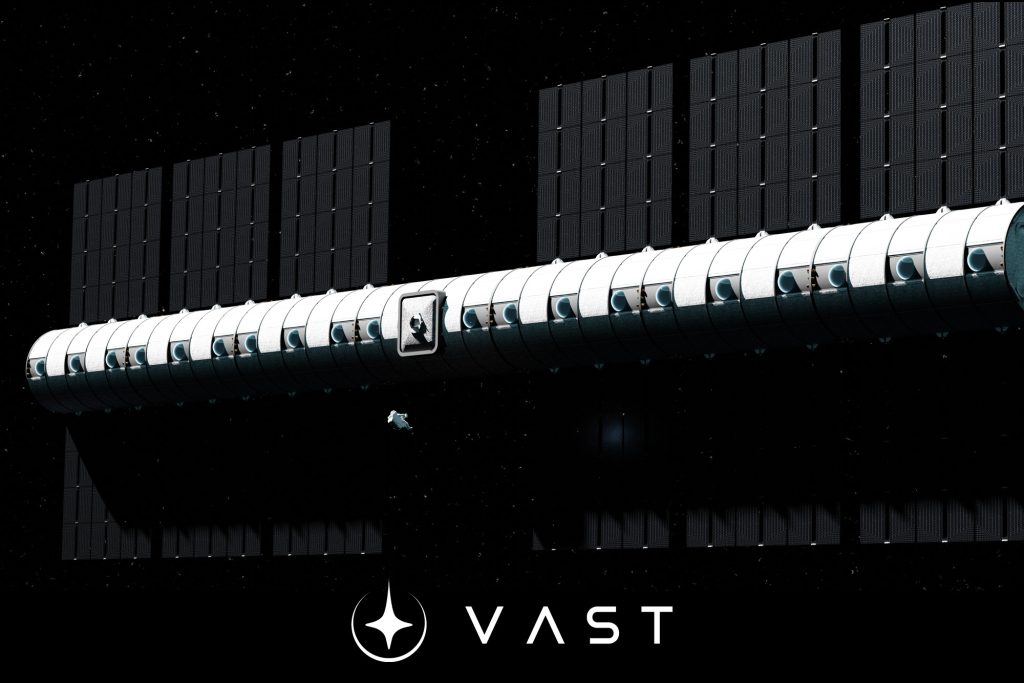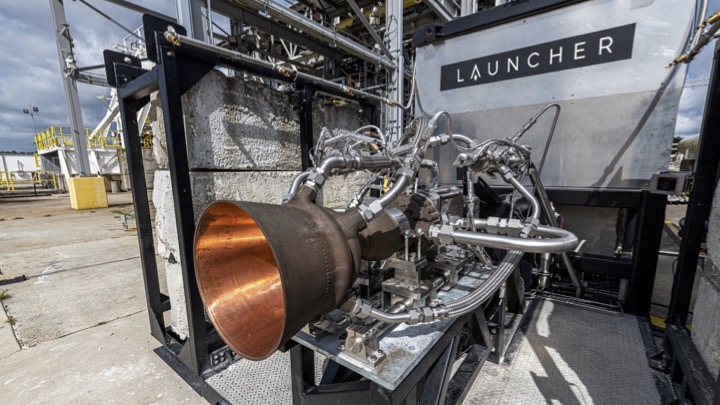California-based space habitation technologies developer Vast has completed the acquisition of US aerospace firm Launcher for an undisclosed fee. Through this deal, Vast hopes to accelerate its mission of developing artificial gravity space stations to enable “scalable solutions for human productivity in space.”
The deal combines the 80-strong workforce at Vast with Launcher’s employee base of 40. With the acquisition, Vast will get a team of well-known experts that will help speed up its own advanced manufacturing and development. The newly formed team is set to occupy the recently announced 115,000 square-foot Vast headquarters building, located in Long Beach, California.
“The Vast team will be greatly enhanced by combining with the talented and driven people at Launcher. We have all been extremely impressed by what they have achieved so far,” commented Jed McCaleb, Founder & CEO of Vast. “Speed of execution is a critical element of our mission, and Launcher has shown that this is in their DNA. We are really looking forward to joining forces to accelerate our quest to make commercial space habitation a reality.”
In acquiring Launcher, Vast will gain direct access to established spacecraft technologies. Indeed, the company plans to use Launcher’s Orbiter space tug and hosted payload platform to achieve orbit this year, and test its on-orbit space station components and subsystems. Additionally, Max Haot, founder and CEO of Launcher, will stay on board with the project, becoming the new president of Vast. Haot’s responsibilities will include overseeing the Orbiter, E-2, and space station programs, as well as the manufacturing, marketing, finance, engineering, and facilities teams.
Haot stated that the “Launcher team jumped at the chance to join Jed’s vision of moving beyond earth and advancing humanities exploration of space,” with Launcher’s investors, customers, and partners also “in full support and excited for what’s next.”

Vast’s mission to launch the world’s first artificial-gravity space stations
Launched in September 2022, Vast founder Jed McCaleb set out the company’s mission as enabling a future where “millions of people are living across the solar system,” through the development and production of artificial-gravity space stations.
At the moment, astronauts have to limit the amount of time they spend in space because too much time in zero gravity can cause bad side effects like muscle atrophy, bone loss, and brain damage. To combat this, Vast is seeking to develop artificial-gravity space stations through the production of large spinning structures that create a gravity-like pull through centrifugal force. It is hoped that this will make it possible for people to live in space for a long time in a way that is sustainable, so that people can take advantage of all the resources in the solar system. “If we had access to those resources, our civilization could grow and thrive while preserving our planet,” said Vast’s McCaleb.
As an established entrepreneur, McCaleb brings a strong reputation to the project. McCaleb is already well known for a number of projects such as payment networks Stellar and Ripple, peer-to-peer file sharing application eDonkey2000, and “high leverage” science and technology research nonprofit the Astera Institute. Vast also draws experience from multiple seasoned industry experts and advisors, such as aerospace engineer and former SpaceX VP Hans Keonigsmann.
“I have always believed in leveraging technology to reduce inefficiency and improve the human condition. To expand human habitation in space, we have to create technologies that perfect sustainability,” commented McCaleb. “The next step for innovation is habitation. We are developing low-cost stations and artificial gravity so that people can live in space for long periods of time without the permanent side effects of zero-gravity.”

Launcher’s rocket engine expertise
Launcher has a strong history of space rocket engine production, having completed successful testing on its E-2 liquid rocket engine, achieving nominal thrust, pressure, and oxidizer/fuel mixture ratio for the first time in 2022. This engine contains multiple 3D printed components, including a 860mm tall combustion chamber printed in a single piece, and a 3D printed engine injector.
Moreover, in June of last year, the development of the E-2 was further boosted by a $1.7 million US Space Force contract to help accelerate the R&D of the rocket engine. The E-2 engine is designed to power Launcher’s Launcher Light launch vehicle, and it is hoped that this funding will help the vehicle enter service next year. Once development is complete, it is expected that a single E-2 engine will be capable of boosting the Launcher Light to low Earth orbit with a payload of 150kg.

Investment and collaboration in the aerospace industry
Vast’s purchase of Launcher marks the latest significant acquisition within the aerospace industry this year. In January, US aerospace and defense contractor L3Harris Technologies announced the acquisition of rocket propulsion system manufacturer Aerojet Rocketdyne, in a deal worth $4.7BN. It is hoped that this deal will enable technological advances in fields related to US national defense interests, such as missile technologies and hypersonics. Aerojet Rocketdyne CEO Eileen P. Drake claims that the deal will facilitate “accelerated innovation” when it comes to “national security propulsion solutions.”
Elsewhere in January, Chinese aerospace firm Galactic Energy announced that it was utilizing Farsoon 3D printing technology to build China’s largest reusable rocket engine – the Welkin 50-ton LOX/kerosene engine. Featuring over 30 3D printed parts, including a turbo pump and LOX/kerosene main valve housing, the engine’s ignition, starting, and transition performance capabilities have now been verified via a full-system test.
Subscribe to the 3D Printing Industry newsletter to ensure you keep up with the latest 3D printing news. You can also follow us on Twitter, like our Facebook page, and subscribe to the 3D Printing Industry Youtube channel to access more exclusive content.
Are you interested in working in the additive manufacturing industry? Visit 3D Printing Jobs to view a selection of available roles and kickstart your career.
Featured image shows an Illustration of Orbiter, Launcher’s space tug and hosted payload platform. Photo via Launcher/John Kraus.


